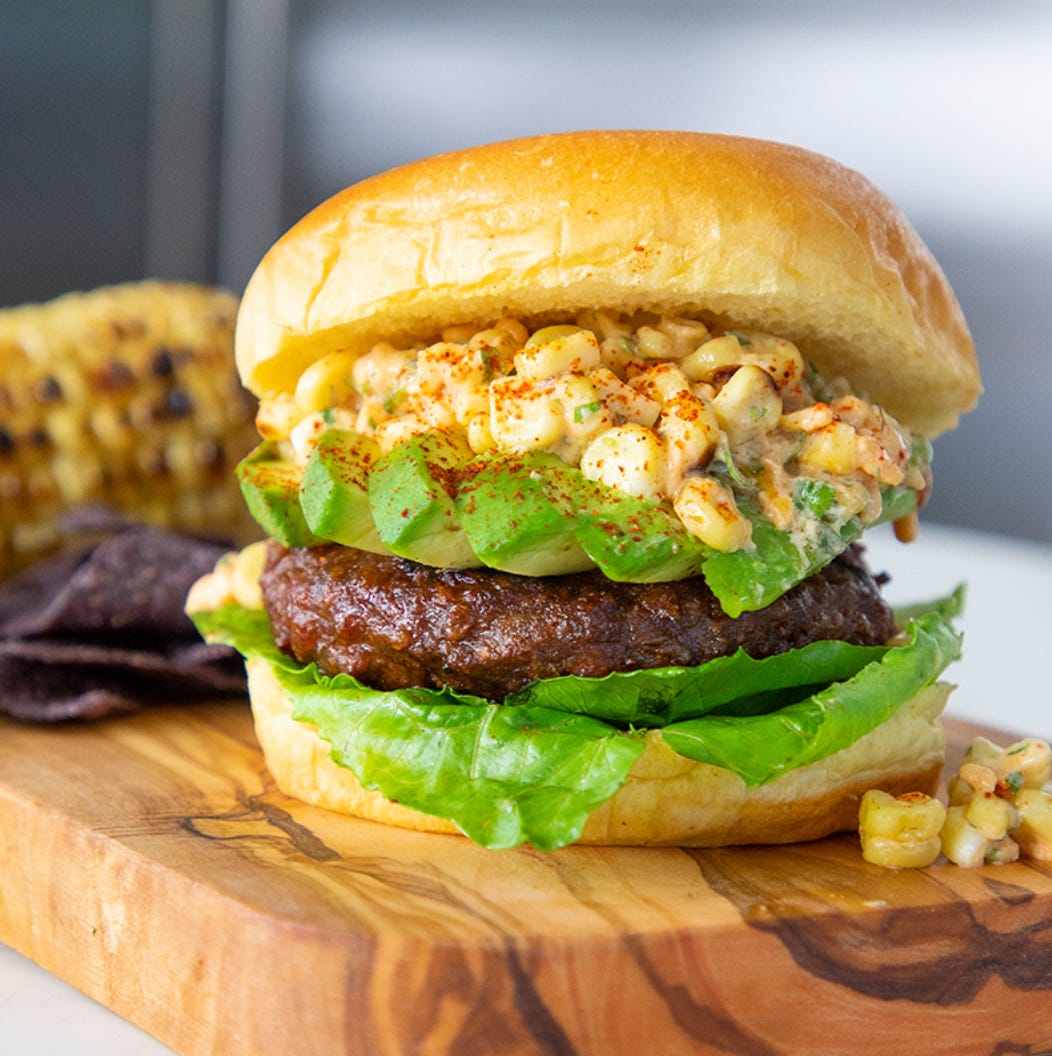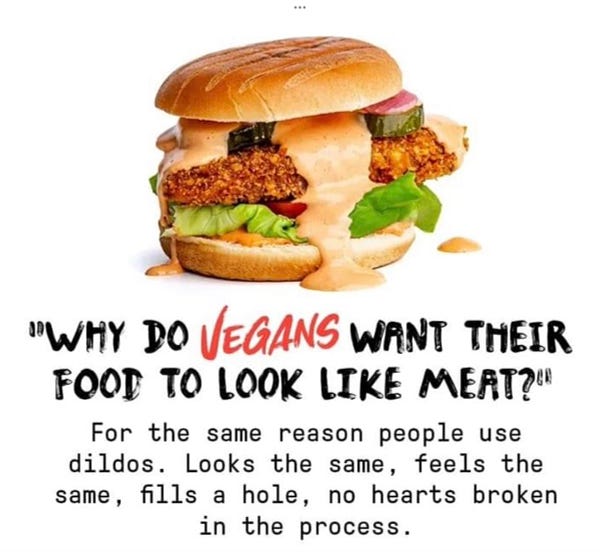🍔 Beyond Meat: Is the Plant-Based Meat Revolution Over before it Began?
A Passing Fad or a Sustainable Future?
Announcement - for premium members, we are going to provide quarterly updates of Beyond Meat’s BYND 0.00%↑ financial results, with the latest upcoming earnings announcement in the final week of February. Subscribe now to stay ahead of the curve!
Why do we bother with plant-based meats?
Alongside concerns for animal cruelty, a key message behind the rise of plant-based meat alternatives and lab-grown alternative proteins is sustainability. According to the EAT-Lancet Commission, By 2050 we will have to feed 10 billion people around the world, whose demands the current global food system cannot meet without irreversibly damaging the planet. The UK National Food Strategy highlights that a “30% reduction in meat is required to achieve the 5th Carbon budget” by 2032 (compared to 2019).
In the past 5 years, investors globally have poured billions into plant-based meat alternatives and alternative proteins, searching for the silver bullet that reduces the climate impact of the meat we consume. For example, Beyond Meat takes pride in using “99% less water, 93% less land, 90% fewer GHG emissions, and 46% less energy” in producing its food products compared with animal farming. In our previous note on Oatly, How Oatly's audacious rebranding turned it into a global retail giant, we saw a similar mission-based branding that propelled Oatly into a global brand.
The message has certainly worked, as plant-based meats have gained popularity beyond just the vegan and vegetarian groups. According to Impossible, “more than 90% of individuals purchasing Impossible say they also eat meat — a clear indication that our product is attracting meat eaters and flexitarians.”
What are plant-based meats made of?
Plant-based meat alternatives typically use a combination of proteins, colourings, plant oils, binders, nutrients, and flavourings to create a meat-like texture, taste, and appearance. The proteins can come from various sources like soya, peas, mushrooms, and rice, while natural colourings can be derived from vegetable extracts and spirulina.
Plant oils may be added to create a juicy texture, while binders like methylcellulose can be used to give the product structure. Nutrients may be added from vegetables, nuts, seeds, and fortified vitamins and minerals. Finally, yeast extract may be used to enhance the umami flavour.
The Beyond Burger, for example, uses pea protein & rice protein for protein and canola oil & coconut oil for texture. Methylcellulose serves as a binder, while beetroot red provides the red hue associated with meat. Other ingredients like apple extract, pomegranate extract, and lemon juice provide additional flavour and nutritional value.
For a more detailed breakdown, we explain every ingredient found in a Beyond Burger at the end of this article.

Okay, that’s a mouthful
Keep reading with a 7-day free trial
Subscribe to Plantwise 🌱 to keep reading this post and get 7 days of free access to the full post archives.





